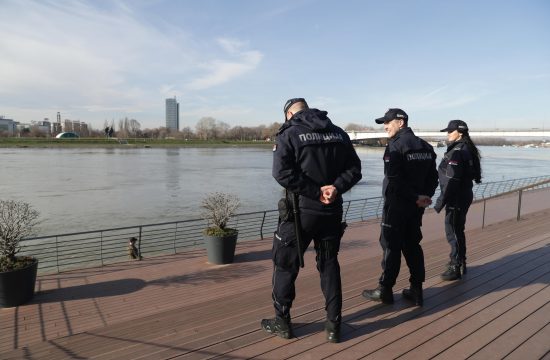Croatia's Ministry of Culture on Friday recalled that 40 years ago, UNESCO added the first three Croatian sites to its list of World Heritage sites: Diocletian's Palace in Split, Dubrovnik's Old Town and the Plitvice Lakes, the oldest and the most visited national park in the country.
10 entries from Croatia inscribed on World Heritage list
Since then, seven more Croatian sites have listed as World Heritage sites: St James Cathedral built in the Adriatic town of Sibenik in the 16th century, the old town of Trogir near Split, the Episcopal Complex of the Euphrasian Basilica in the Istrian town of Porec, and the Stari Grad Plain on the Dalmatian island of Hvar.
Among those seven sites there are three multinational nominations: the medieval tombstones and graveyards called “Stecci”, scattered in Croatia, Bosnia and Herzegovina and some parts of Montenegro and Serbia; the defensive system of Zadar and St Nicholas Fortress in Sibenik, that is six defensive walls built by the Republic of Venice between 15th and 17th century along the Adriatic coast, and this kind of fortifications can be found in Italy and Montenegro.
Croatia is also part of the Primeval Beech Forests of the Carpathians and Other Regions of Europe. Primaeval Beech Forests of the Carpathians is the largest UNESCO World Heritage site in Europe, extending across 12 countries. The Croatian part of the Carpathians makes the Paklenica and Northern Velebit national parks.
17 Croatian entries included UNESCO’s Intangible Heritage List
Croatia boasts a particularly rich intangible heritage, and 17 examples of this heritage are on the UNESCO list of intangible heritage.
Some of the most famous entries are lacemaking in Croatia, the Sinjska Alka knights’ tournament in Sinj, and Klapa music, a form of traditional a cappella singing in Dalmatia.




